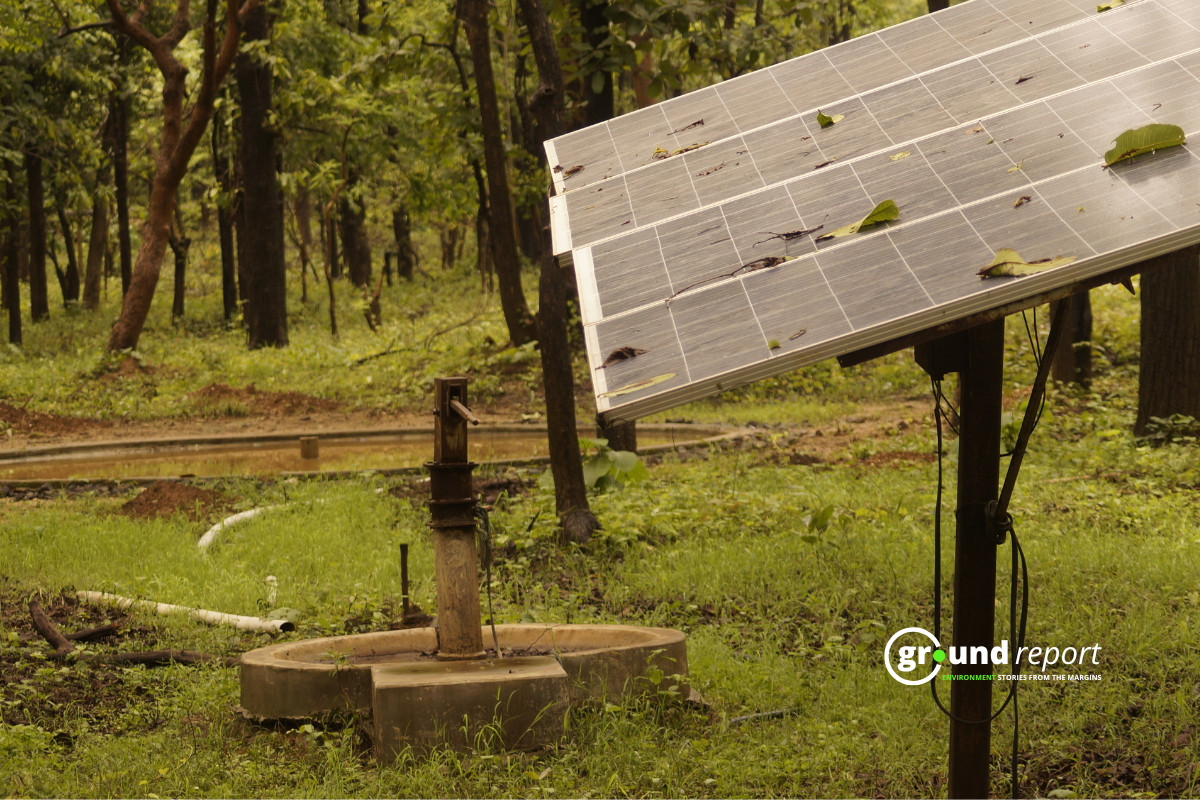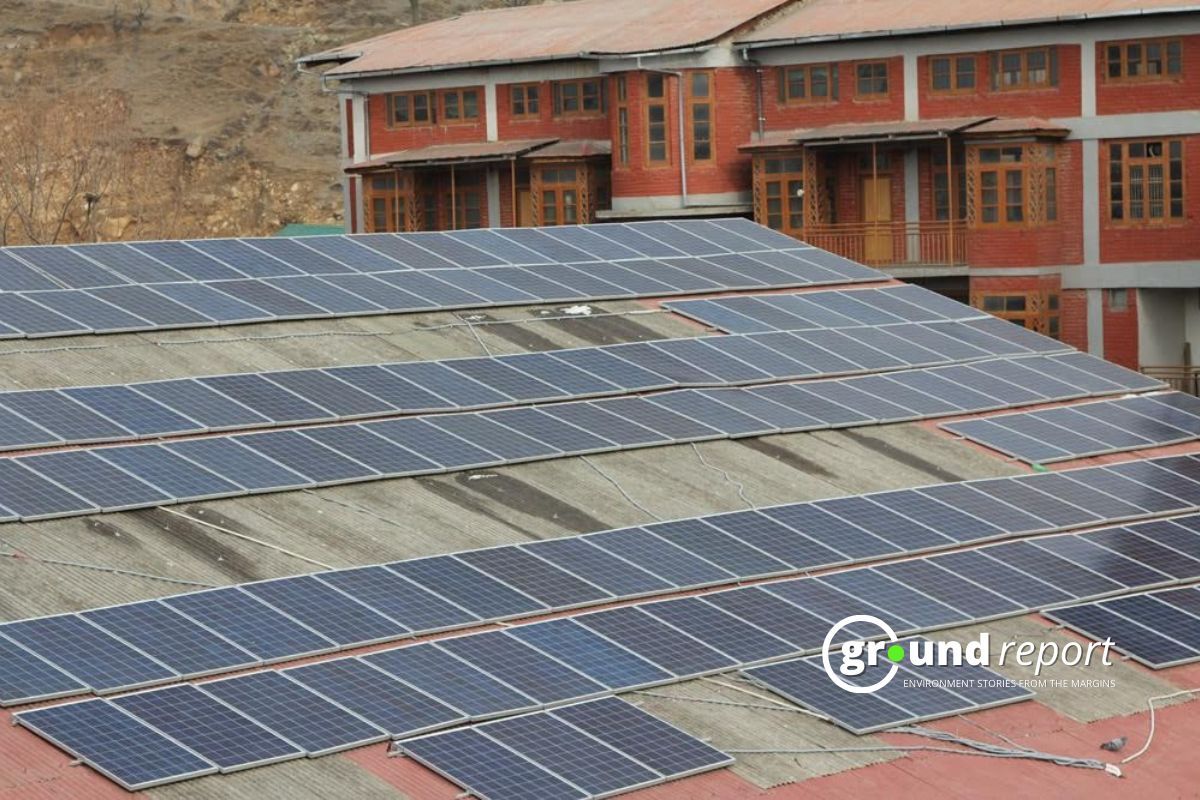- 2,571 poos produce enough energy to cook a small family meal.
-
1,309 cups of coffee could be needed to power your home for a day.
-
32.9 billion cups of coffee would be needed to power the whole of the UK for a day.
-
A single droplet of rain can light up to 100 small LED lamps.
-
An hour on your exercise bike could charge your phone up to 15 times.
2,571 poos produce enough energy to cook a small family meal, new research finds. This fascinating figure highlights the potential of large-scale biogas production from sewage sludge as a promising and scalable method for generating energy for your home.
With global energy consumption projected to double by 2050, research from Confused.com energy explores five innovative alternative energy sources that could help power our homes shortly. For instance, dancing in your kitchen could one day help power your kettle, and bathroom waste could be repurposed to fuel your lunch.
Note to editors: We kindly ask that if you use any of the data within this release, you provide a link to Confused.com energy as credit.
-
Poo power
Thames Water has led the charge for London about to be powered by something pretty surprising—poo!
Around 4,000 homes in West London will be heated in 2024 using converted sewage sludge from Mogden sewage treatment works which started earlier this year.
This isn’t just any power; it’s biogas energy. This is a sustainable scheme that turns heat from human waste into electricity by breaking down organic matter in an anaerobic digester, which produces methane gas. This gas can then be used for heating, cooking, or generating electricity.
Research on the energy potential of biogas produced from sewage sludge has shown that it would take 2,571 poops to generate enough energy to cook a small family meal. Given that an average meal for a small family requires around 900 kg of biogas, and each poop produces approximately 0.35 kg of biogas, it would take 2,571 trips to the toilet to meet this energy demand.
Anaerobic digestion, fuelled by an average of 100 tons of food waste per day, could generate enough energy to power 800 to 1,400 homes each year.
Confused.com Energy, commented,
“In practice, home biogas systems also rely on kitchen scraps, garden waste, and animal manure to increase gas production. However, maintaining a steady supply of enough organic waste to power the whole home can be challenging for most households.
Large-scale biogas production at sewage treatment plants is a much more efficient way to generate energy from human waste. The facilities handle large volumes of sewage often mixed with other organic waste.For instance, in the UK, over 1,200 GWh of electricity is generated annually from biogas produced at wastewater treatment plants. That’s enough to power 300,000 homes for an entire year. Or fully charge around 40 million electric vehicles, assuming an average EV battery size of 30 kWh.”
-
Coffee grounds
Did you know that coffee is the most popular drink in the world, with people enjoying over 400 billion cups every year? But, just how many cups of coffee would it take to power your home?
Well, spent coffee grounds contain 10-20% oil, offering potential as an efficient biofuel. Through a process called transesterification, these oils can be extracted from the coffee grounds and converted into usable fuel. To put this into perspective, 1,309 cups of coffee could be needed to power your home for a day and 32.9 billion cups of coffee would be required to power the entire UK for a day.
In 2017, Transport for London (TfL) even used a biodiesel mix using coffee ground oil to power thousands of buses. The clean technology company they had partnered with, Bio-bean, had collected over 50,000 tonnes of coffee waste annually, producing 6,000 litres of fuel.
Confused.com Energy, commented,
“Along with other food scraps and organic waste, coffee grounds can also be added to a home anaerobic digester to produce biogas. This can give you a renewable energy source for cooking or heating. So, not only do you get to brew your morning cup, but you can also heat your home with the leftovers—all while cutting down on household waste.”
-
Rain water
When rainwater splashes onto a roof, umbrella, ground, or any non-conductive surface, it creates a tiny spark of electricity. This could be a game-changer for people living in remote, rainy areas – and rain is no stranger to the UK.
The City University of Hong Kong has also created a nano-generator that captures energy from the impact of falling raindrops. Their research shows that a single droplet, dropping from just 15 centimetres, can light up 100 small sized LED bulbs.
While rainwater harvesting is more commonly used for things like agriculture or toilet flushing, in theory you could also convert rain into electricity at home.
Energy is converted as water flows downward, so it can drive a small turbine or generator. While this method alone is unlikely to be a realistic option for most homeowners, it could be a clever way to extract additional value from rainwater.
-
Kinetic energy from your workouts
According to PedalPC, a quirky contraption made from a repurposed bicycle trailer, pedal-powered machines can crank out just enough electricity to keep your devices up and running. These include your computer, printer, phone chargers, and home Wi-Fi.
Jim Gregory, who created the contraption, shared with The Guardian, “I pedal for a few hours a day, generating up to 250Wh. I can power my computer, monitor, inkjet printer, cooling fan, charge our phones, run our fibre internet and Wi-Fi, light up our LED lights, and juice up small power tools.“
But how much would it cost to harvest kinetic energy for your home, and would the savings be worth it?
Confused.com Energy, commented,
“Exercise equipment such as your bike could convert kinetic energy into electricity. You could generate anywhere between £150 to £5000 worth of energy, depending on the quality and power potential. This electricity can be used to power small appliances or stored in batteries for later use.”
In theory, you could power your home using kinetic energy; a few hours spent on an exercise bike could be enough to produce 200Wh. That’s enough to charge your phone 15 times, or charge your laptop three times. In terms of actual money savings, however, a home gym user probably couldn’t generate enough electricity to offset the expense of the machines.”
-
Home wind turbines
In 2020, wind turbines cranked out over half of the UK’s electricity – perhaps no shocker there, given that we’re the breeziest country in Europe.
Confused.com’s energy expert adds: “Wind is free, and so installing a home wind turbine might be the most sustainable option for some. You’ll reduce your energy bills once you’ve paid the initial installation costs, which can go for as much as £10,000.
“This means that based on the average annual UK energy bill, it would take approximately 23 years to make back the money laid out in upfront costs. You’d also have a smaller carbon footprint too.”
Confused.com’s energy expert has provided some further unconventional but easy tips on how to keep your energy bills at bay:
“By fitting your hot water cylinder with an insulating jacket, you can save around £35 annually on your energy bills. This simple and affordable measure effectively reduces heat loss, making your home more energy-efficient.”
“Improve your radiators’ efficiency by fitting reflector panels behind them to divert the heat back into the room. Other options include fitting a radiator shelf above the radiator or investing in radiator boosters, although these require electricity to run.”
“Switch to solar garden lights – these charge during the day and cost nothing to run at night. The lack of cables means you can place them anywhere you like too.”
Methodology
Kinetic energy:
-
An hour spent on an exercise bike could be enough to produce 200Wh.
-
200Wh is enough to charge your phone up to 15 times, charge your laptop 3 times, or run your mini fridge for 3 hours.
Wind turbines:
-
A 1.5 kW standalone wind turbine can go for up to £10,000 for purchase and installation in the UK.
-
A standalone or pole-mounted wind turbine can cost from £7,000 for a 1.5 kW system, to £70,000 for a 15 kW system.
-
Small roof-mounted wind turbines cost around £2,000 to £3,000, including installation.
-
– With an average UK energy bill of £603.72 and estimated annual savings of £438, it would take approximately 23 years to recoup a £10,000 investment.
Support us to keep independent environmental journalism alive in India.
Keep Reading
Follow Ground Report on X, Instagram and Facebook for environmental and underreported stories from the margins. Give us feedback on our email id greport2018@gmail.com.
Don’t forget to Subscribe to our weekly newsletter, Join our community on WhatsApp, and Follow our YouTube Channel for video stories.









